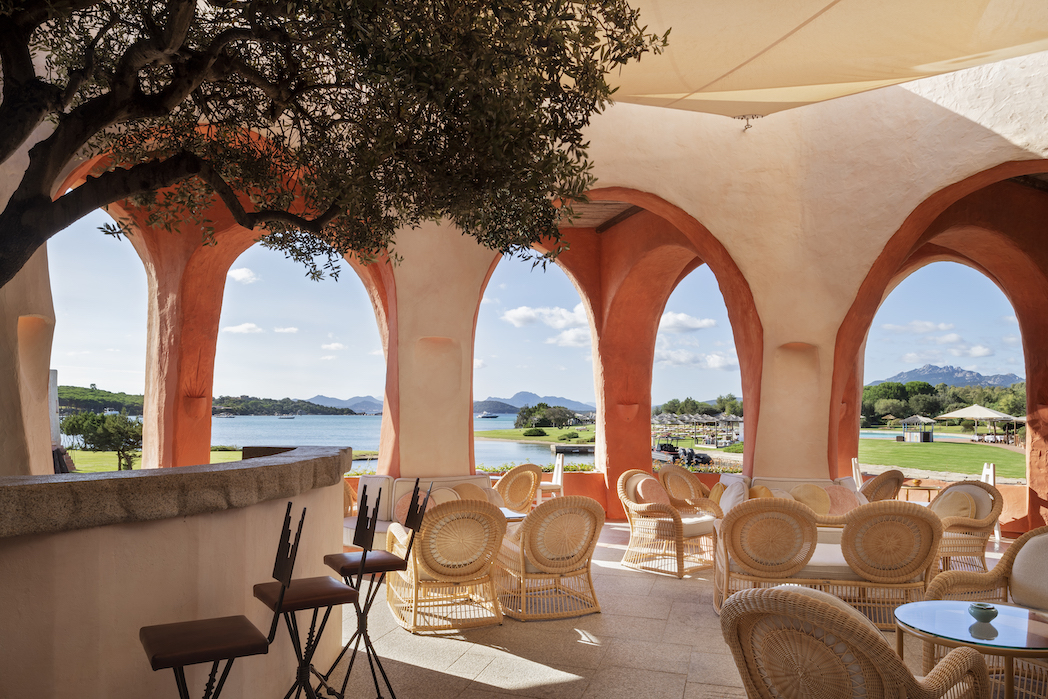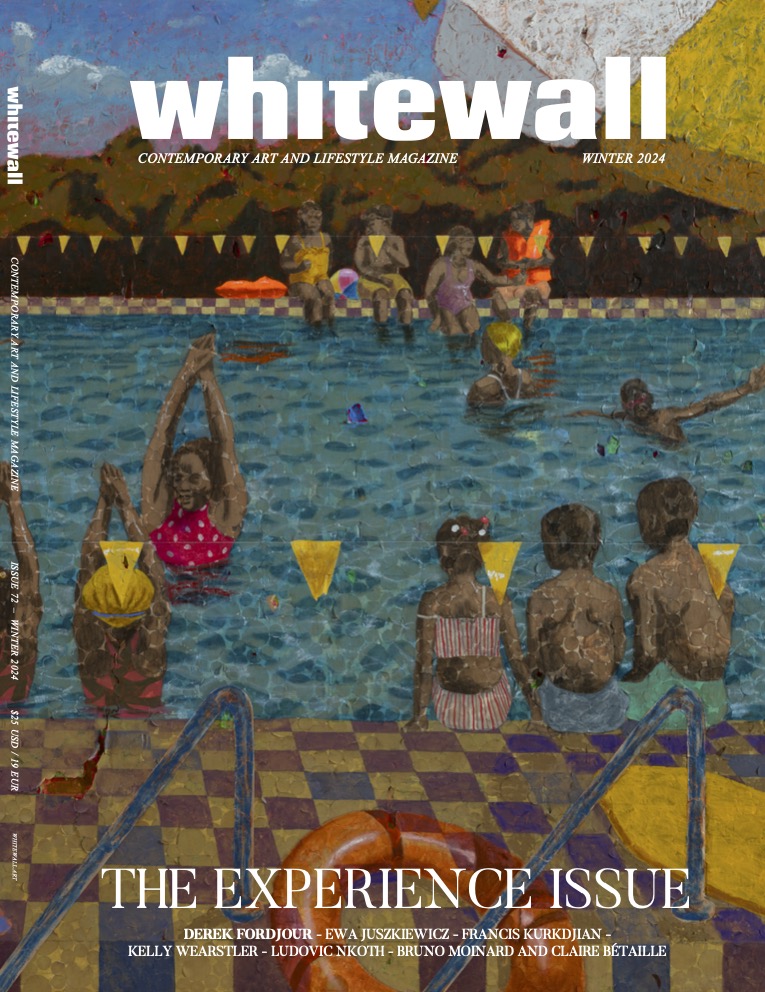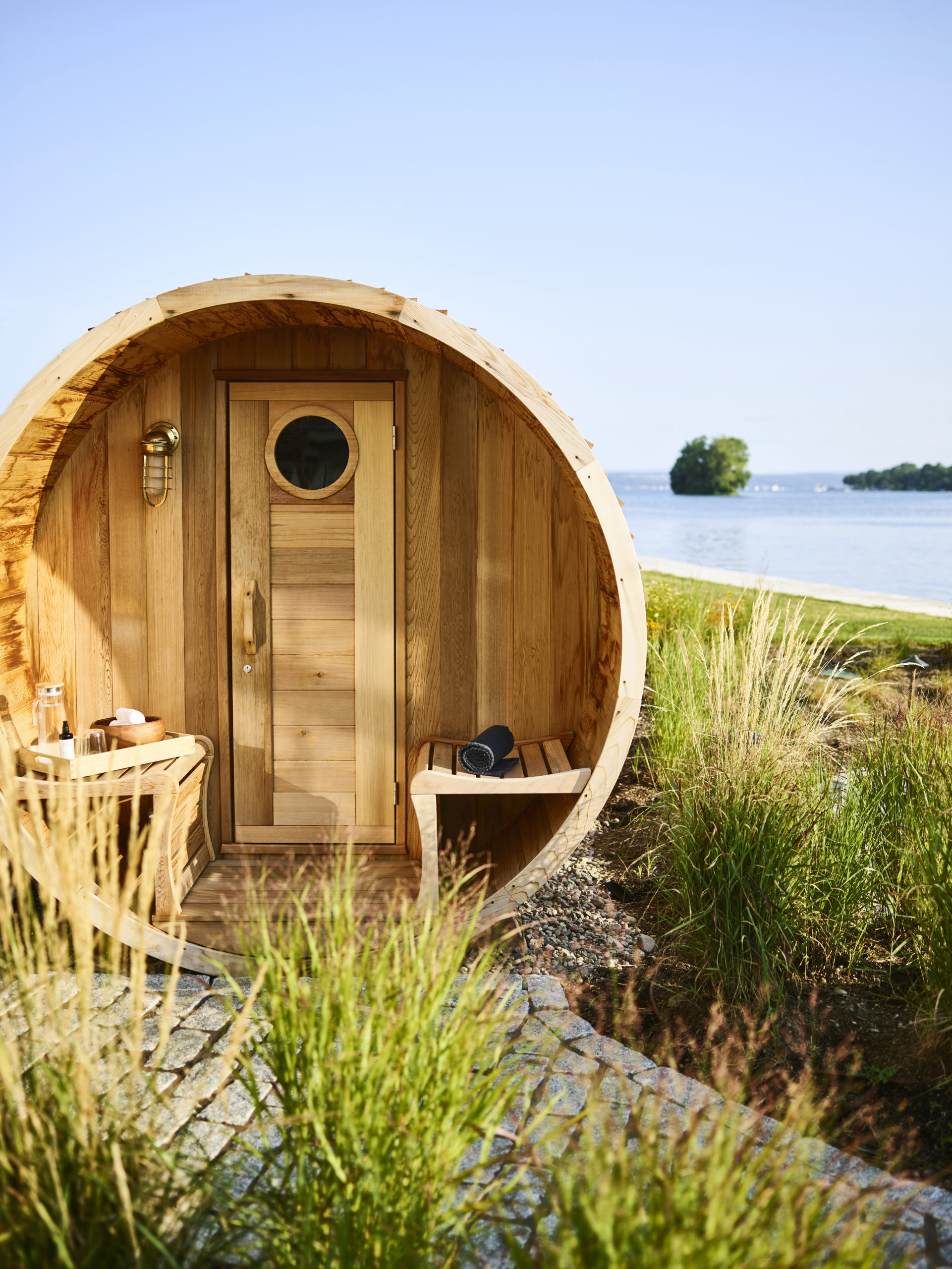The French interior design firm Moinard Bétaille is comprised of a duo trained in interior architecture and design: Bruno Moinard and Claire Bétaille. After 10 years of collaboration under the title of Moinard’s 4Bl Studio—first founded in 1995—the pair rebranded the firm in 2021 to reflect a successful decade of collaborative projects and the intent to continue their approach.
Over the last several years, Moinard and Bétaille have realized iconic interiors across the world, from private residences to restaurants, luxury retail environments, and—their specialty—hotels. Traveling to countries like Qatar, Thailand, Spain, Switzerland, Belgium, and Russia, to name a few, the firm has reimagined flagships, apartments, and office spaces for notable maisons including an ongoing partnership with Cartier, and spaces for the likes of Balenciaga and Moët Hennessy. Working side by side, they’ve also taken on the stunning Château Troplong Mondot estate in Saint-Emilion, France, and the awe-inspiring renovation of Jacques Couëlle’s Hotel Cala di Volpe in Sardinia, Italy—a four-year undertaking that maintained the poetry of the 1960s hotspot while offering an encompassing, beautifully customized refreshment of the space.
Intrigued by Moinard Bétaille’s seamless collaborations and seemingly perfect interiors, Whitewall spoke with the duo to learn more about their approach.
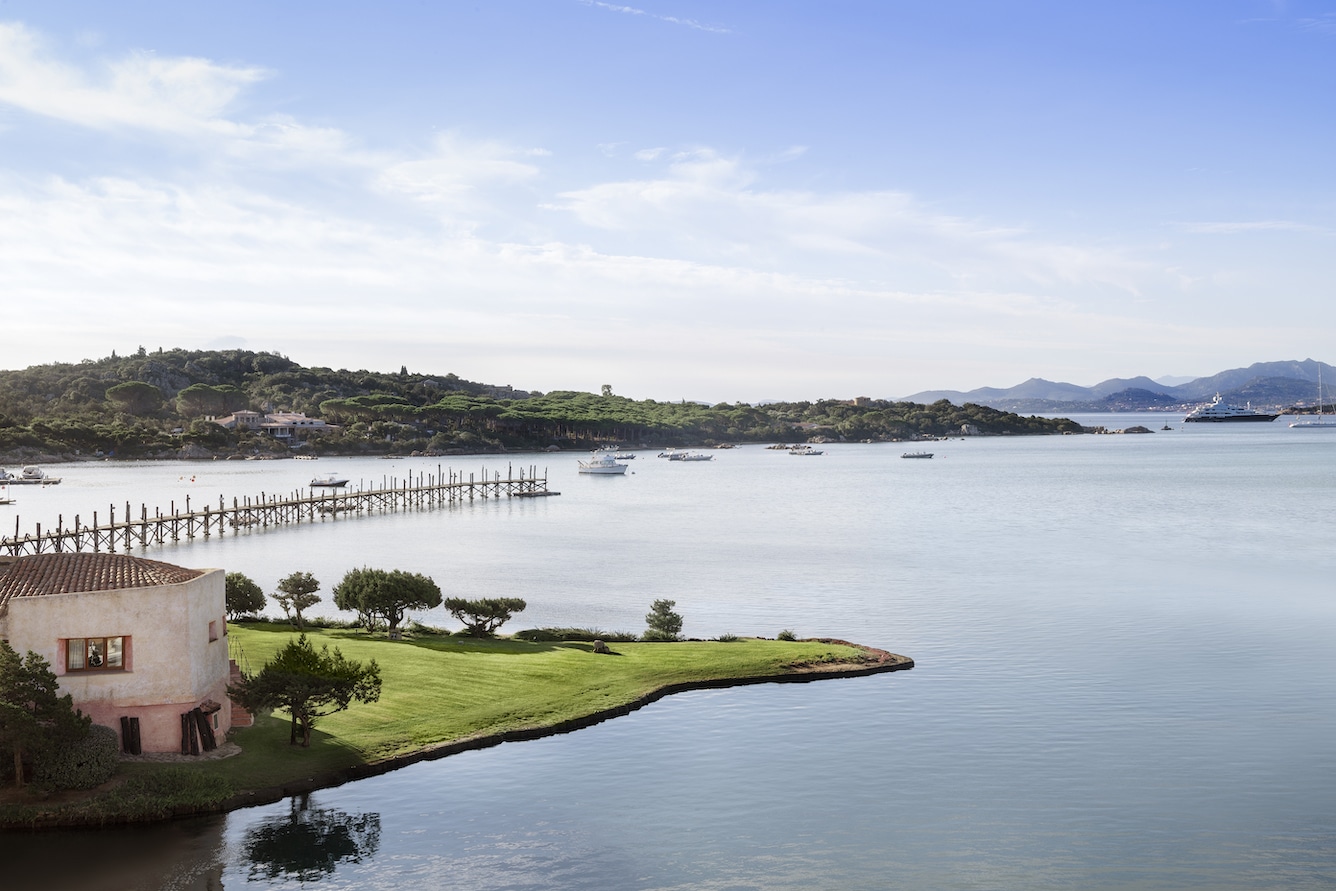
Hotel Cala di Volpe, photo ©Jacques Pépion.
Bruno Moinard and Claire Bétaille’s Harmonious Approach
WHITEWALL: Can you give us an insight into your collaboration process? How do you work together to achieve a harmonious and perfect result?
BRUNO MOINARD: Our collaboration process is both harmonious and dual. We always do the first meeting with the venue and the client together. Each of us, under the same conditions and with the same constraints, immerses ourselves in the environment, the existing situation, and the challenges of creation or renovation. Each of us reacts in our own way, with our own sensitivity, and translates either into sketches and drawings, or into photos, collages, and notes.
I tend to be spontaneous and instinctive, while Claire analyzes the context, connects the project with its surroundings, and draws upon cultural references. Then, things settle and mature on both sides. When we come together again, a few days later, we merge our visions, and creative options naturally arise. As time goes on, we quickly reach a harmonious solution.
WW: What prompted you to work together and create Moinard Bétaille? What does this partnership bring to each other’s practice and, ultimately, to the clients?
CLAIRE BÉTAILLE: Bruno had established his agency long before I met him, and he had already gained significant recognition and achieved a number of successes when we started working together. He welcomed me into his firm and quickly involved me in strategic projects, such as the development of Cartier boutiques. Our partnership, now Moinard Bétaille, involves a man and a woman who have proved incredibly complementary in their approach. For our clients, it’s a guarantee of balance and maximum relevance in our recommendations.
“We are not engineers or technicians. We are creators of impressions, decors, and living spaces.” — Bruno Moinard
WW: Could you tell us about a specific project where you felt you achieved a remarkable level of perfection? What were the key elements that contributed to its success?
BM: If there is one project that truly embodies our work, a project that we consider successful in every aspect and best exemplifies our passion and happiness in this profession, it is undoubtedly the Hotel Cala di Volpe on the Costa Smeralda in Sardinia. Beyond the technical and qualitative challenges, it is the most artistic, almost painterly project. Taking on the masterpiece of Jacques Couëlle, the great architect and inventor of sculptural houses, was an artistic challenge.
We are not engineers or technicians. We are creators of impressions, decors, and living spaces. We bring light and colors. Cala di Volpe, built in the early 1960s for the jet set close to the Aga Khan, is an architectural legend and an original living space that had retained its aficionados. There were high expectations for us! We completely redesigned the living experience in the property to align it with today’s expectations without betraying its essence, playing with the materials that Couëlle had used—plaster, juniper wood, thick colored glass, rattan, and reeds—and involving the best local artisans. We take great pride in the outcome.
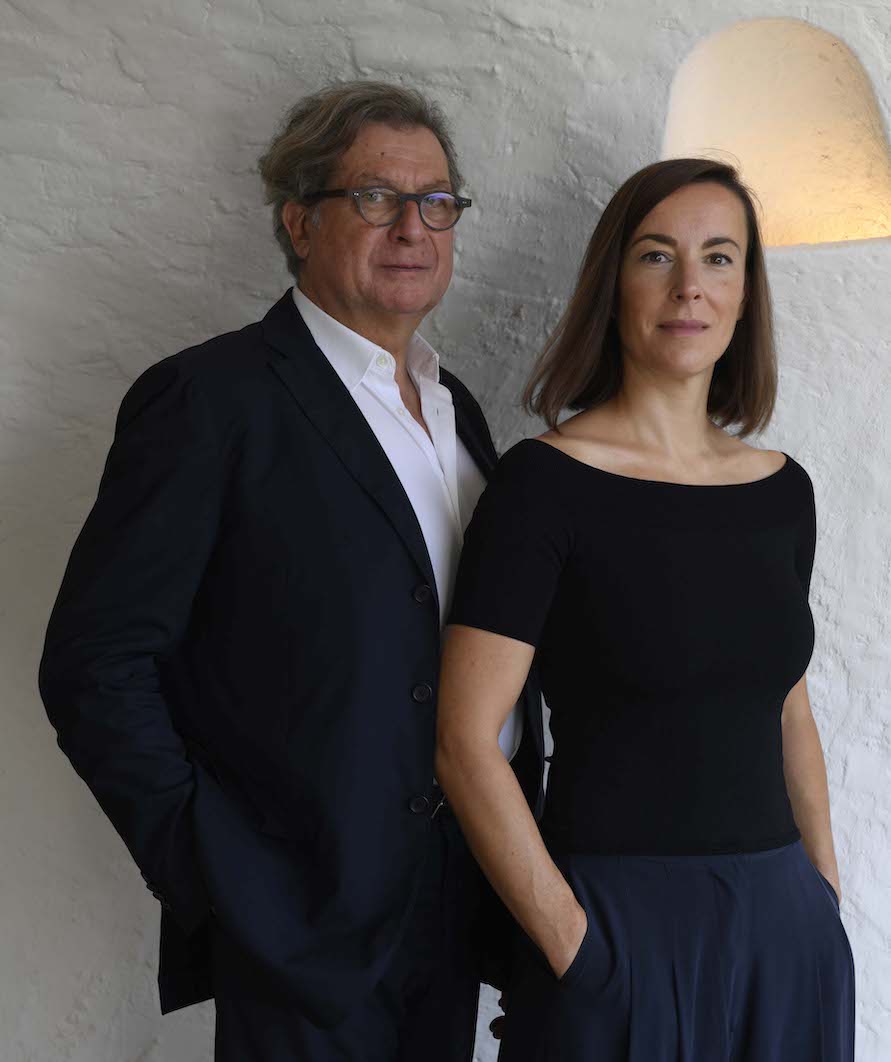
Bruno Moinard and Claire Bétaille, ©Jacques Pépion.
WW: Collaboration often requires compromises. How do you manage creative differences while staying true to your initial vision?
CB: We don’t compromise with each other. If there are compromises, they are made with the client, which is normal. The working process Bruno mentioned earlier, based on the fusion of our visions and the trust we have in each other’s strengths, allows us to build step by step, finding a path that we both adhere to. We don’t have to “give in” on certain points. This enables us to maintain a positive tension in the project management—the inevitable differences in appreciation are minor and never jeopardize the smooth progress of the operations.
Breathing New Life into Interiors
WW: How do you reconcile innovation with maintaining your unique design language in your collaborative projects?
BM: Integrating innovation involves bringing comfort and essential amenities to a space, meeting the expectations of modern living and experiences, but we always strive to make it invisible. For instance, at Cala di Volpe, as we mentioned earlier, we allowed this hotel, conceived 60 years ago, to compete with the most beautiful addresses in the Mediterranean without altering its soul. As we like to say, “Everything had to change for nothing to change.”
If innovation means introducing bold shapes into an existing space, grafting elements that may appear completely different from the existing ones, and adorning walls and floors with the latest research-derived materials, that is the essence of creation. I use the term “grafting” intentionally, as when this addition is harmoniously integrated, it breathes new life, a new appearance, and a new ambiance into a space, allowing it to last for decades, or even centuries. Giving a future to the memory is one of our obsessions!
WW: Your work spans a wide range of spaces, from residential to hospitality. How do you adapt your approach to achieve harmony in different contexts?
CB: By diversifying our fields of action and collaborations, we firmly believe that each domain enriches the other, and the specific expectations of our clients do not limit us to a specific style. Lessons learned in one field are likely to be applied elsewhere. If you look at sales outlets, for example, which require very specific customer paths to be designed with maximum efficiency in mind, we’re sure that the scenography we use in the hotel industry or when visiting the cellars of great estates has a lot to borrow from them. There’s an ongoing dialogue between our different specialties.
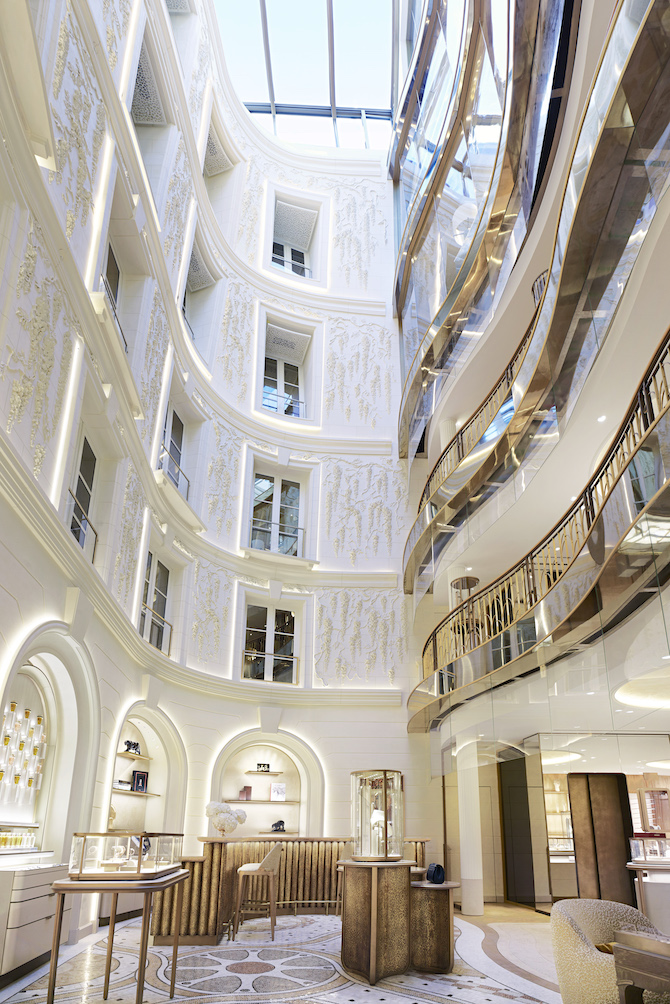
Cartier on 13 rue de La Paix in Paris, photo ©Jacques Pépion.
WW: What role does research play in your design process? How do you ensure that your projects are based on a deep understanding of the space and its purpose?
CB: In our design process, we rely more on intuition than on formal research. Naturally, our intuition is nourished, often unconsciously, by what we have experienced, sought, and learned. It guides us.
When we’re in a given environment, with its architectural, urbanistic, and cultural specificities, when we have to redevelop a space, bring it back to life, our intuition combines with the spirit of the place to spark our creative process and put us on the right track. We immerse ourselves in the territory, tune in our antennas, sharpen our curiosity, listen, and exchange ideas. We are firmly rooted in an artistic approach. We start with sketches, gestures, and feelings. We quickly associate forms, colors, materials, and patterns. There is always research involved, but it is there to verify things, to complement and support our thinking.
WW: What are the main qualities or characteristics that, in your opinion, contribute to achieving a perfect interior design? How do you incorporate these elements into your work?
BM: Perfection does not exist in this world, nor in the world of interior design, or any other domain, and thankfully so. It always pushes us to do better, to never repeat what we have already done for others. People come to us because the singularity of our approach lies in respecting the uniqueness of each space and each project. Creation is a dialogue between perfection and imperfection. When the evening light grazes a wall, we are delighted of its imperfections, to create relief, invent a changing landscape, and evoke an impression.
On the other hand, we can strive for an ideal result. Ideal because it is what we deeply desire to do, what we dream of, and what we want to share with our clients, users, and visitors. If there should be perfection, it lies in the execution, in the quality of materials and their implementation, in the choice and supervision of suppliers and partners.
“We never lose the principles that shape us. There lies the beauty of our profession.” — Claire Bétaille
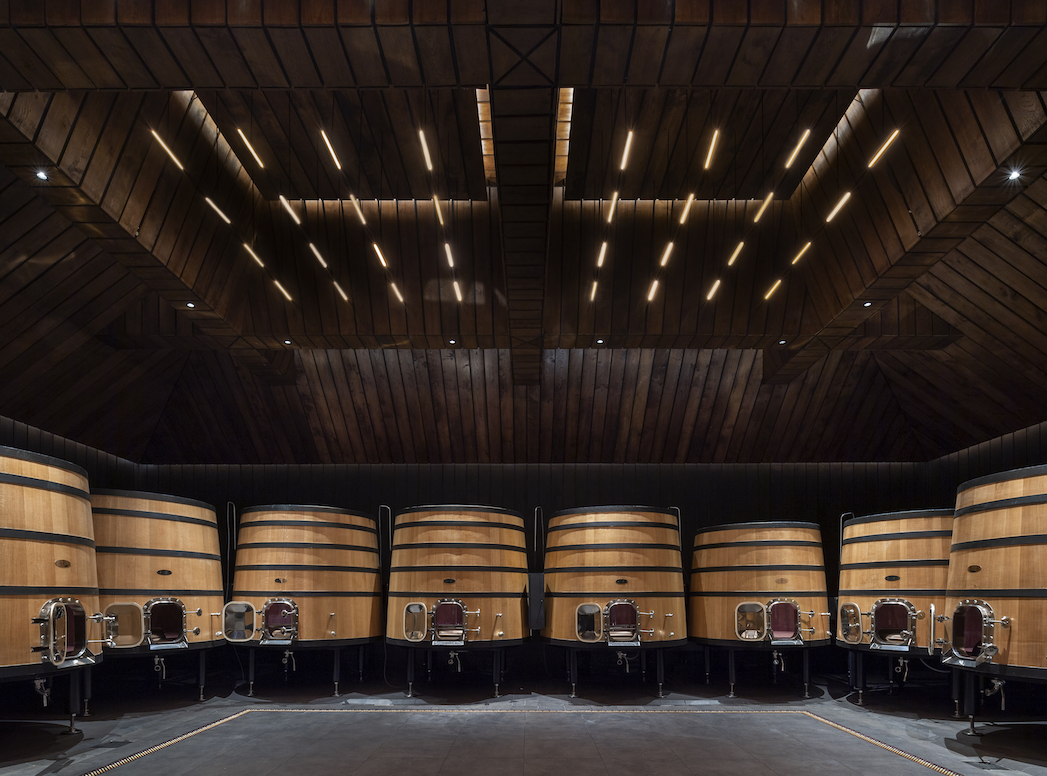
Château Troplong-Mondot, photo ©Jacques Pépion.
WW: In your view, how has the notion of perfection evolved in the field of interior architecture over the years? And how do you see this evolution unfolding in the future?
CB: Perfection is no more attainable today than it was in the past. However, other demands, constraints, movements, trends, and ways of living have emerged. We’re quite comfortable with this idea—we play the long game. On an ongoing basis, we need to be able to imagine and design ideal interior spaces for life as it evolves, while taking sustainability into account. I mentioned earlier our reliance on intuition and how it underpins our creative process. Our intuitions today are different from those of the past because the world is changing, and our analytical grid changes with it. But we never lose the principles that shape us. There lies the beauty of our profession.



